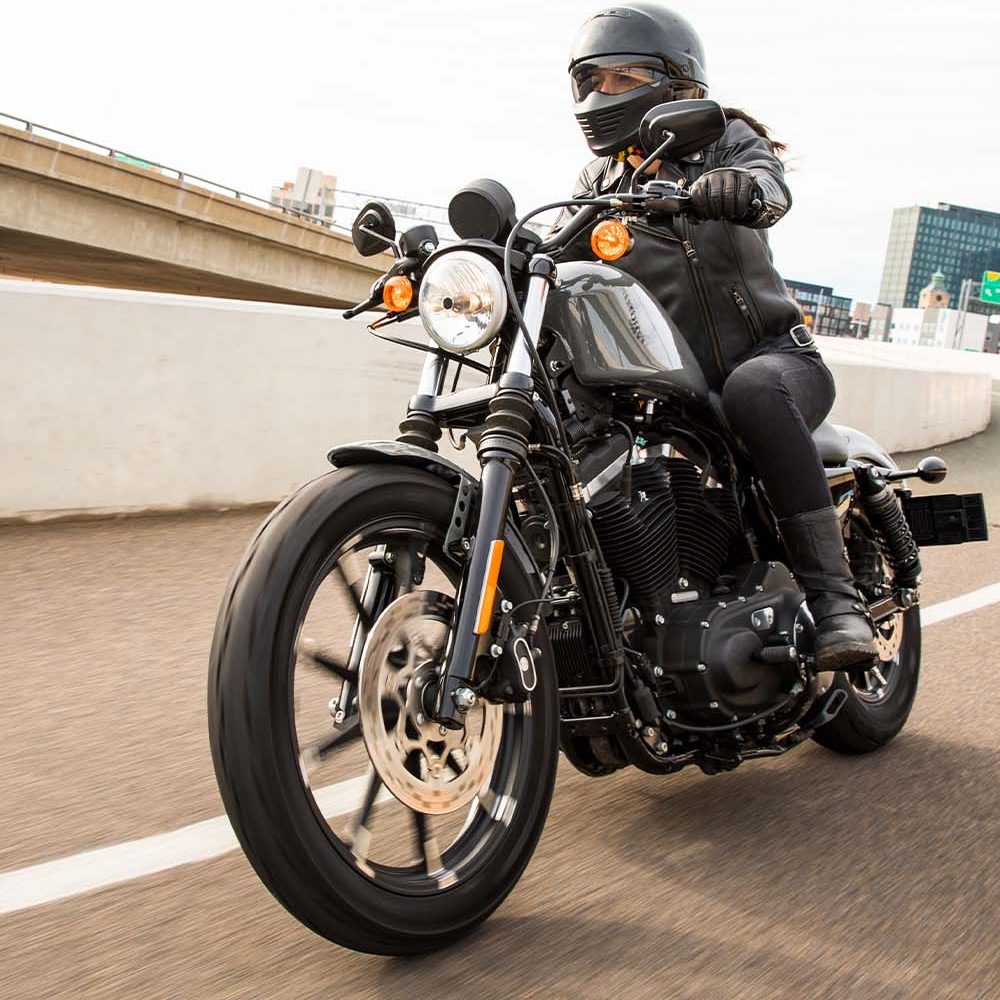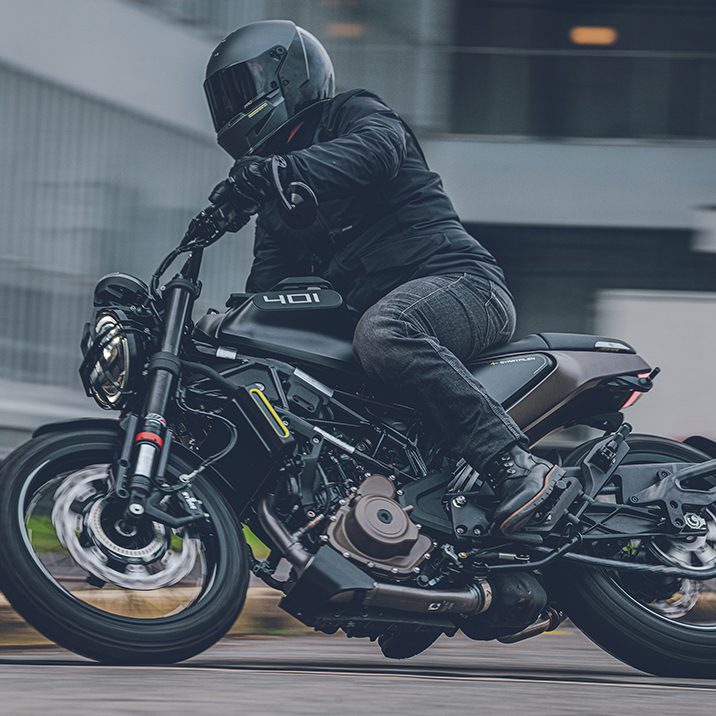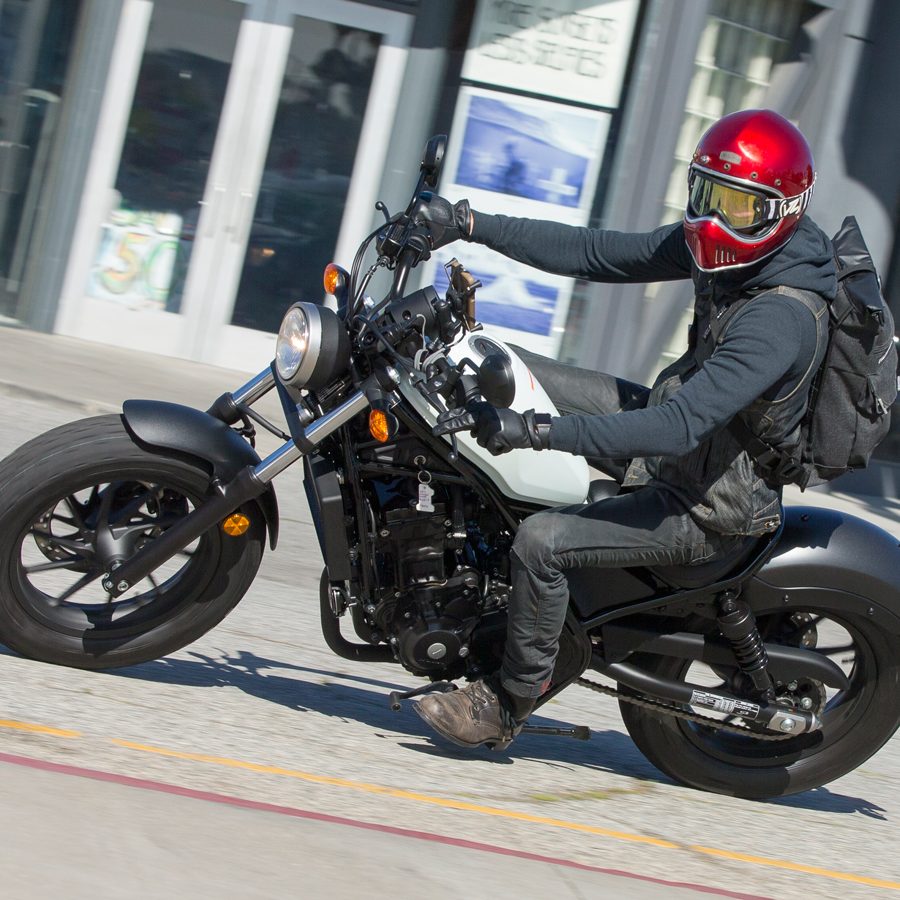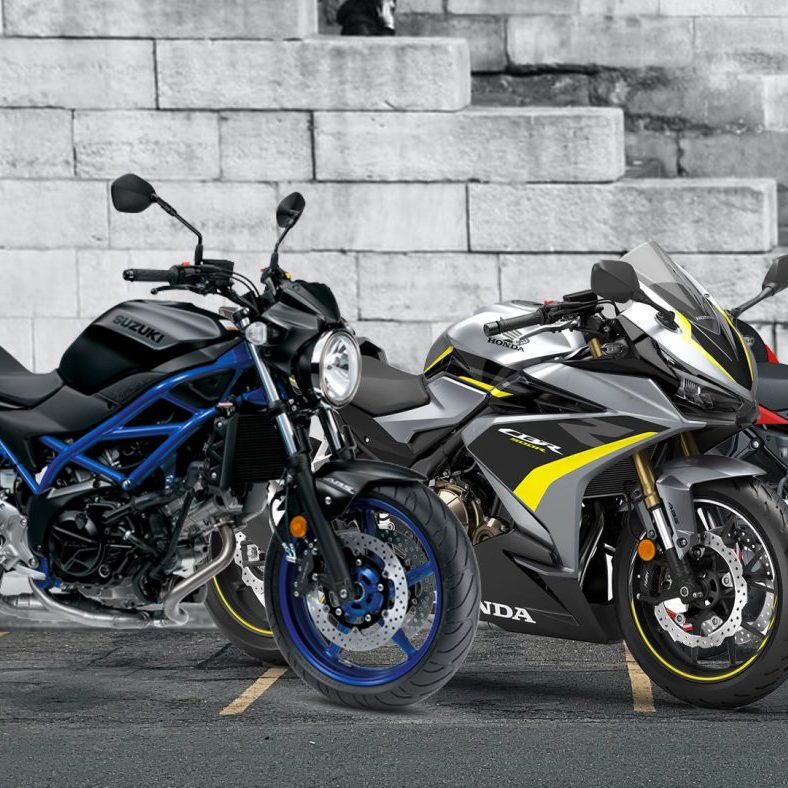Riding a beginner motorcycle for the first time can be an exhilarating experience. The feeling of freedom on two wheels is unmatched, but it also comes with responsibilities. Many beginners are eager to hit the road but often make mistakes that can affect their safety, confidence, and enjoyment. Understanding these common pitfalls is essential for new riders. This article will explore some of the most frequent mistakes beginner motorcyclists make and provide insights on how to avoid them.
Choosing the Wrong Motorcycle
Selecting the Right Size and Type
One of the first mistakes beginners make is choosing the wrong motorcycle. Many novices gravitate toward powerful bikes that look appealing, but these machines may be too much to handle. Opting for a bike that is too heavy or powerful can lead to accidents and create hesitation in new riders.
Instead, beginners should look for a motorcycle that fits their height and weight. A smaller engine size is often better for new riders, as it allows for easier handling and control. Lightweight bikes, such as dual-sport or standard motorcycles, are ideal for beginners. These bikes are generally more forgiving, allowing new riders to build confidence without overwhelming them.
Understanding Your Riding Style
Different motorcycles cater to different riding styles. Before making a purchase, beginners should consider how they intend to use the bike. Will they primarily ride for commuting, leisure, or long-distance touring? Understanding personal preferences can significantly impact the decision-making process.
For instance, sport bikes are designed for speed and agility, while cruiser motorcycles excel in comfort for longer rides. Each style has its unique characteristics. Selecting the right type of motorcycle can create a more enjoyable riding experience and help beginners avoid frustration as they learn.

Neglecting Proper Gear
Importance of Safety Gear
Safety gear is an essential aspect of motorcycling that many beginners overlook. Riding without the appropriate protective equipment can lead to severe injuries in case of an accident. It is crucial to invest in high-quality gear that provides maximum protection.
A proper helmet is non-negotiable. It should be DOT-approved and fit comfortably without restricting vision. In addition to a helmet, riders should wear protective jackets, pants, and gloves made from abrasion-resistant materials. Footwear that extends above the ankles is also recommended to protect against injuries.
Understanding the Function of Gear
Aside from basic safety, protective gear enhances comfort and confidence while riding. For example, jackets with built-in armor protect vital areas like shoulders and elbows. Gloves provide grip on the handlebars, while boots offer stability during stops. Each piece of equipment contributes to a more enjoyable and secure riding experience.
Beginners must prioritize safety gear as much as they prioritize their beginner motorcycle. Investing in quality equipment can significantly reduce injury risks. As a new rider progresses and gains experience, comfort levels will improve, making proper gear an essential foundation for motorcycle safety.

Ignoring Rider Training
The Value of Professional Training
Another common mistake among beginner riders is neglecting proper training. Many believe they can learn to ride intuitively or rely solely on online resources. However, professional training provides essential skills and knowledge that cannot be fully acquired through self-study.
Enrolling in a motorcycle safety course is highly beneficial. These courses focus on essential riding techniques, safety protocols, and road awareness. They teach proper braking, turning, and emergency handling skills. Moreover, taking a structured course can boost confidence, making beginners more comfortable on the road.
Learning Practical Skills
Many beginner riders underestimate the value of practical riding exercises. Training courses provide bicycles that are typically lightweight and manageable, allowing new riders to practice in a safe environment. Attention is given to the importance of maneuvering at low speeds, which is often challenging for novices.
Participating in a course also clarifies misconceptions about motorcycling. Instructors can offer insights on proper riding posture, visual scanning, and defensive riding strategies. Armed with this knowledge, new riders can engage in safer, more controlled riding. Proper training lays a firm foundation for both skill and confidence on the road.

Overconfidence and Speeding
Understanding Your Limits
New riders often experience excitement and adrenaline. This can lead to overconfidence, resulting in dangerous situations. Beginners might feel invincible or believe they can tackle challenging maneuvers right away. However, it’s crucial to recognize personal limits and ride within them.
Many accidents occur because beginners misjudge their skills. Attempting high speeds or complex turns before mastering the basics can lead to spills or falls. Keeping a steady pace allows for better control and fewer mistakes, especially when navigating through traffic or on unfamiliar roads.
Gradual Progression
Instead of pushing the limits, newcomers should focus on gradual progression. Start by practicing in low-traffic areas, allowing ample time to develop skills and confidence. Gradually increase the difficulty of the riding environment as experience grows.
Building confidence takes time, and focusing on slow, controlled rides will help attain that goal. It’s essential to remember that speed will come with experience. By embracing a gradual approach, riders can eventually develop the skills needed to ride safely at higher speeds without feeling overwhelmed.

Inattentiveness to Road Conditions
Being Aware of Surroundings
Inattentiveness to road conditions is a common mistake for beginner riders. New motorcyclists may become fixated on speed or their bike’s performance, neglecting the importance of their surroundings. Riding demands constant attention and awareness of changing conditions, including the road surface, weather, and other vehicles.
Being mindful of road surfaces is crucial. Potholes, gravel, and wet conditions can all create hazards. Riders must learn to adjust their speed accordingly and develop the ability to scan for potential dangers ahead. Maintaining a steady observation of road conditions can mitigate risks and enhance safety.
Adjusting to Weather Changes
Weather can also impact riding safety significantly. Rain, strong winds, and even intense heat affect how a beginner motorcycle handles. Beginners should become familiar with the necessary adjustments when conditions change. For example, raining can reduce traction, requiring slower speeds and longer stopping distances.
The lessons learned about dealing with various road conditions help new riders build confidence. Understanding how to adapt to different situations allows for safer rides in all types of weather. Avoiding inattentiveness enhances focus and promotes a smoother riding experience.

Neglecting Maintenance
Regular Inspections
Maintenance is often overlooked by beginner riders, yet it is vital for the longevity and safety of a motorcycle. Neglecting routine inspections and repairs can lead to mechanical failures while riding, posing serious risks to safety. It is essential to establish a regular maintenance routine to keep the motorcycle in optimal condition.
Checking tire pressure and tread depth should be part of any pre-ride inspection. Additionally, fluids such as oil and brake fluid should be monitored and changed as needed. Chain tension and lubrication must also be checked to ensure a smooth performance.
Understanding Maintenance Requirements
New riders should familiarize themselves with their motorcycle’s specific maintenance requirements. Each model has different needs regarding routine inspections and intervals. Referring to the owner’s manual provides valuable information on maintenance schedules and best practices.
Furthermore, developing a relationship with a trusted motorcycle mechanic can also be beneficial. Regular service checks can identify potential problems before they escalate. Prioritizing maintenance not only extends the motorcycle’s life but also enhances safety and reliability on the road.
Failing to Plan Rides Properly
Understanding Route Knowledge
Planning rides is another crucial aspect for beginners. Many new riders jump onto their bike without a clear route in mind, which can lead to confusion or disorientation. Failing to plan can increase the likelihood of getting lost, which may cause added stress and frustration during the ride.
Before heading out, beginners should take the time to map their intended route. Familiarizing themselves with road conditions, traffic patterns, and potential hazards studies route knowledge. This preparation allows for more confident decision-making on the road.
Safety First: Riding with a Companion
Additionally, it’s advisable for beginners to ride with a companion, especially in the early days. Riding with more experienced motorcyclists provides a support system. They can help guide new riders through unfamiliar areas, share advice and techniques, and ensure safety on the road.
It’s essential to communicate effectively with companions and establish ground rules for the ride. Discussing speed limits, stops, and navigation methods ensures everyone stays on the same page. Planning rides with a focus on safety fosters a supportive environment for beginners as they navigate the journey ahead.
Embrace the Journey Ahead
In summary, riding a beginner motorcycle can be an incredibly rewarding experience. However, avoiding common mistakes is crucial for safety and enjoyment. From choosing the right bike and wearing the proper gear to understanding road conditions and practicing maintenance, each step contributes to a successful riding journey.
Riding is a continuous learning experience. Every ride brings new challenges and opportunities for growth. By staying aware of personal limits, planning properly, and prioritizing training and maintenance, new riders can develop the skills and confidence needed for safe riding.
As you embark on your beginner motorcycle journey, remember that the excitement of two wheels awaits. Embrace the lessons learned along the way and foster your passion for riding. With time, practice, and awareness, the adventure of motorcycling will be one filled with cherished memories and remarkable experiences. Ride safely, enjoy the freedom of the open road, and cherish every moment on your motorcycle journey!

Leave a Reply